News
Regaldive Trip Report: Socorro Islands Liveaboard
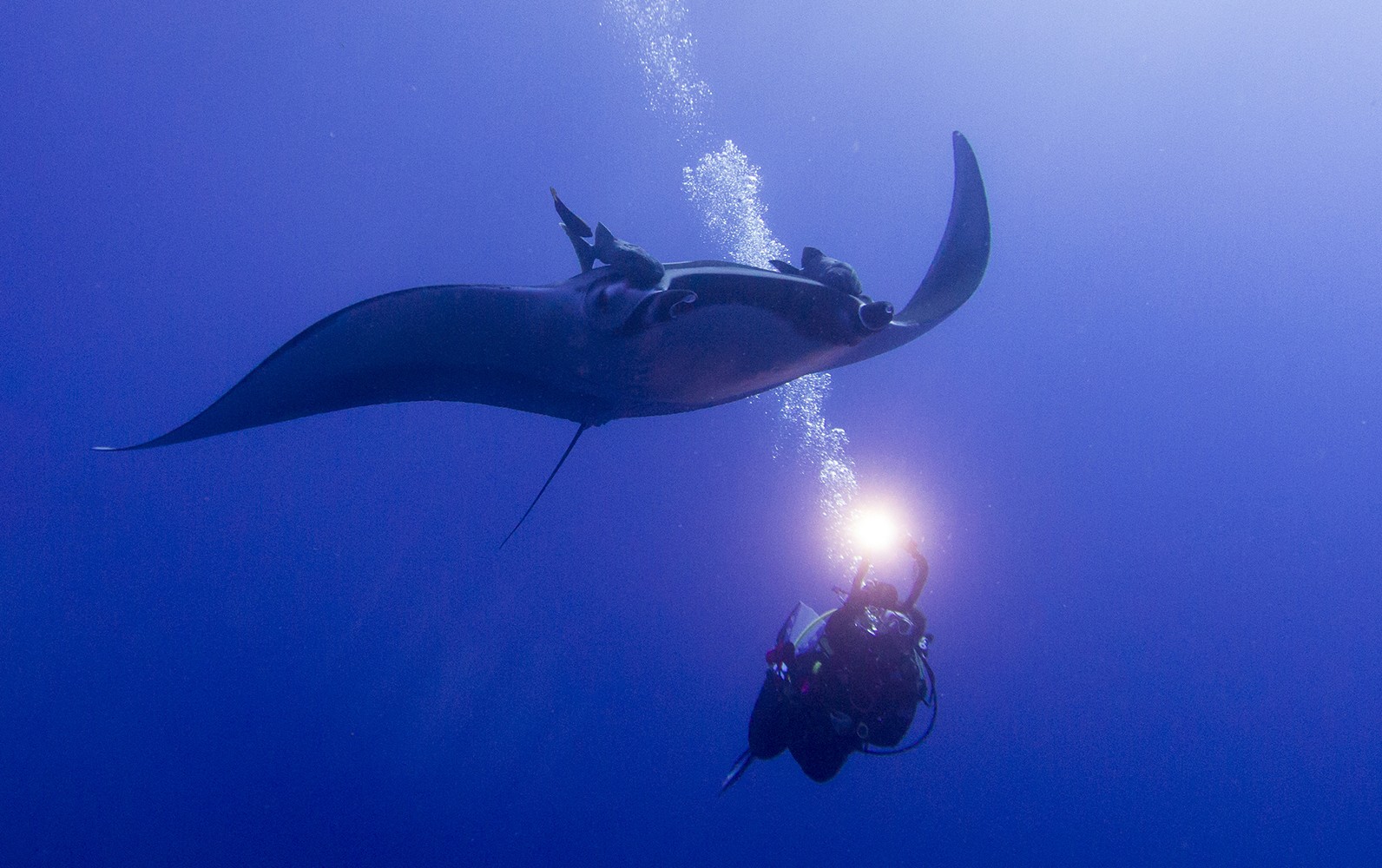
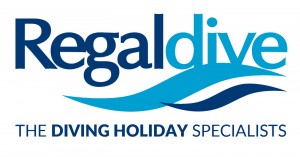 John Butland from Regaldive has just returned from a fantastic Socorro Islands liveaboard trip with the Nautilus Fleet. John was thrilled to encounter lots of the large marine life that Socorro is famous for and has even said that this was one of his best ever dive trips! This is high praise indeed, as John is a highly experienced diver…
John Butland from Regaldive has just returned from a fantastic Socorro Islands liveaboard trip with the Nautilus Fleet. John was thrilled to encounter lots of the large marine life that Socorro is famous for and has even said that this was one of his best ever dive trips! This is high praise indeed, as John is a highly experienced diver…
There are times when all of us will realise that we have witnessed something very special indeed. One of those times for me was my recent trip to The Revillagigedo Islands, more often referred to as the Socorro Islands, 250 miles into the Pacific off the west coast of Mexico. These are uninhabited islands (apart from a small Mexican Navy outpost), with no hotels and no airport, so only divers can go there!
After an overnight in a harbourside hotel, I joined the Nautilus Under Sea, my home for the next eight nights. It proved to be a very comfortable boat with a friendly and knowledgeable crew. I was very happy as it had great food too!
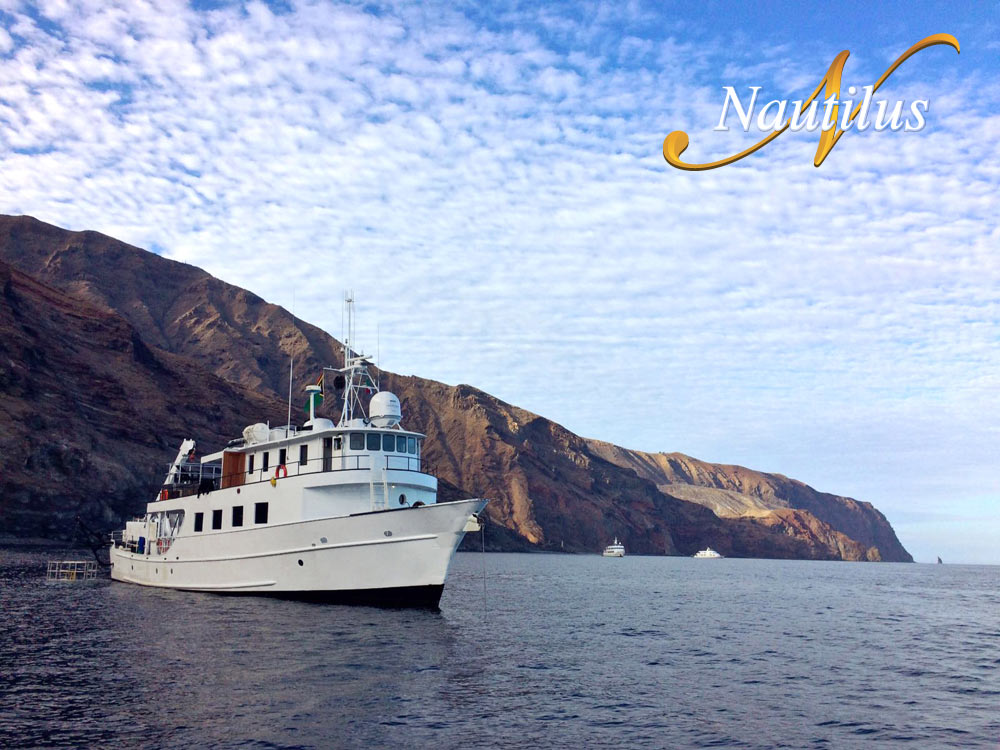
The first dive was at The Canyon, at our first island, San Benedicto. We all knew straight away that it was going to be a great week for sharks, as we saw four different species on that first dive – Silkies, Whitetips, a couple of Silvertips and a lone Hammerhead patrolling the reef edge. Not bad for a check dive!
We made a transit to an even more remote location, Roca Partida – a lump of rock sticking out of the ocean. Not much to look at above the water, but its beauty lies beneath. The rock continues almost vertically downwards for about 80 metres, it’s like diving an underwater church spire. After we descended to about 25 metres we got our first glimpse of two huge Manta Rays heading our way; they came in nice and close and demanded our attention for at least 20 minutes of our dive. Luckily for us, we were the only boat at Roca that day. On the second dive we came very close to Whitetips on the ledges, resting in packs of eight or 10. Then, what I’d been waiting for, my first look at a Galapagos Shark… well three actually, circling with a huge school of Jacks.
After an overnight return, we awoke to find ourselves moored at Socorro itself. It’s a lot greener than the previous two islands. It seems incredible to think that today’s dives were the my least favourite of the trip, even though by normal standards we saw loads of great stuff: Hammerheads, Whitetips, Silkies, Octopus, Lobsters, a Stingray and a Manta. But this day was sandwiched between three truly amazing days.
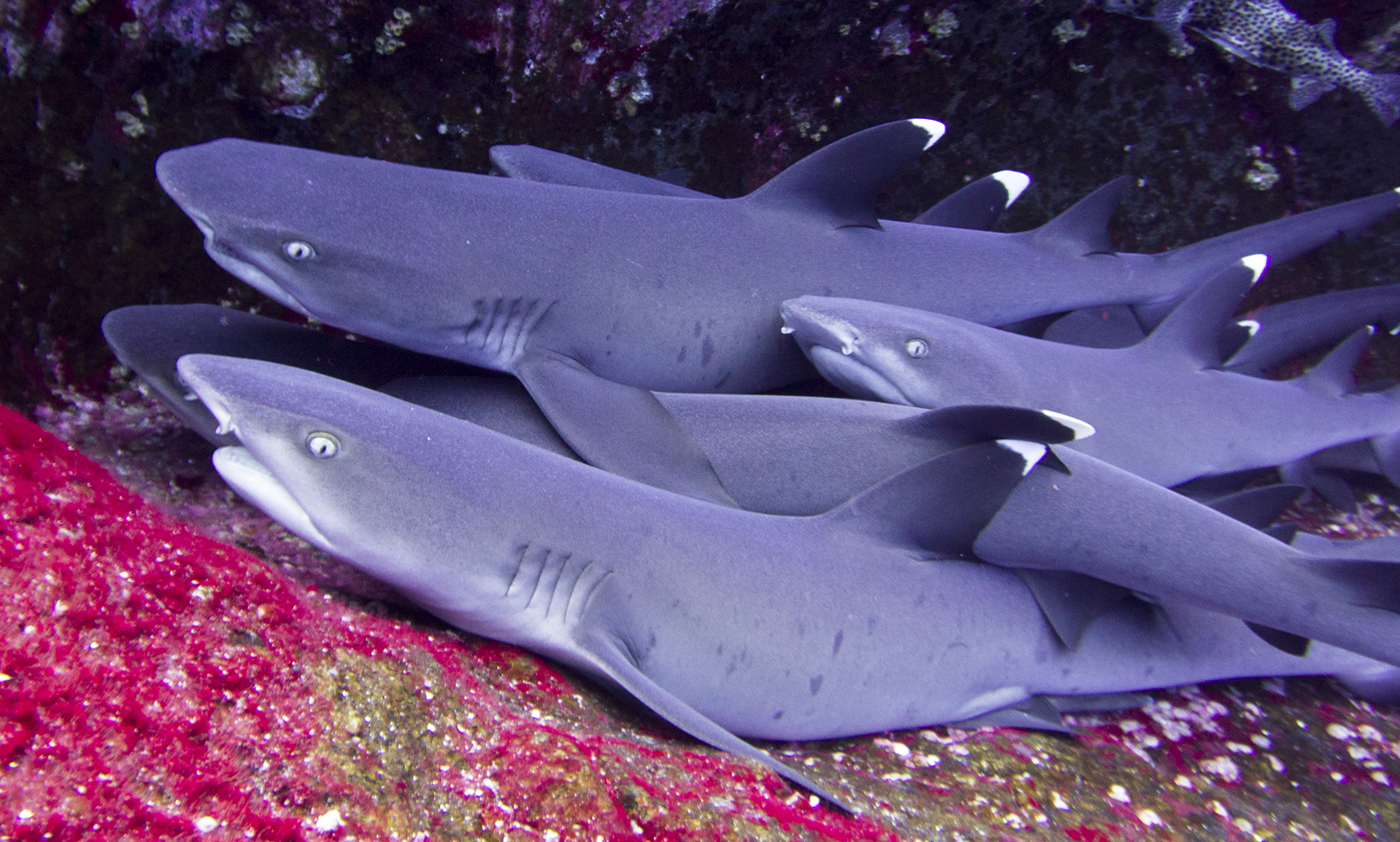
Photo: John Butland
We then moved to a site called Cabo Pearce for four more dives. Here we encountered our first Black Mantas – not as big as they come, but they still looked great gently gliding around us. Also a lone Tiger Shark passed by a couple of times, a lovely sight to see and the talk of the dive deck when we got back on the boat. What can I say about the third dive that day? To give you a clue my dive log starts with “Best Dive Ever!!”. That’s from nearly 500 dives and 15 years of diving. We had two big Mantas interacting with us for 20 mins, a huge Galapagos shark cruising around, lots more Silkies and even a playful Dolphin.
Our last day’s diving was spent back at San Benedicto and at an iconic site, The Boiler. We had four dives there and all were different. We were informed by the dive guides that the Mantas more usually turn up at the first dive on this site, and sure enough, they did. First two large Mantas arrived, and at one point there were four. They moved back and forward between the two groups of divers and spent the whole dive ducking and diving around us. As I’m sure you have heard about the Mantas at Socorro, they seem to love playing in the exhaled bubbles of the divers, just hanging above you, letting the bubbles run over their bellies and wing tips. Often close enough to touch (but we obviously didn’t) and eye to eye, you can’t help wondering what they were thinking.
The last three dives of the trip were pretty spectacular too, with another Manta, two Dolphins, three Hammerheads and a big Tiger Shark on the 2nd and a school of 40+ Hammerheads on the 3rd dive. I had a great bunch of fellow divers from around the world to share this with and we had a lot to talk about and plenty of impressive pictures and video to go through on the trip back to Baja.
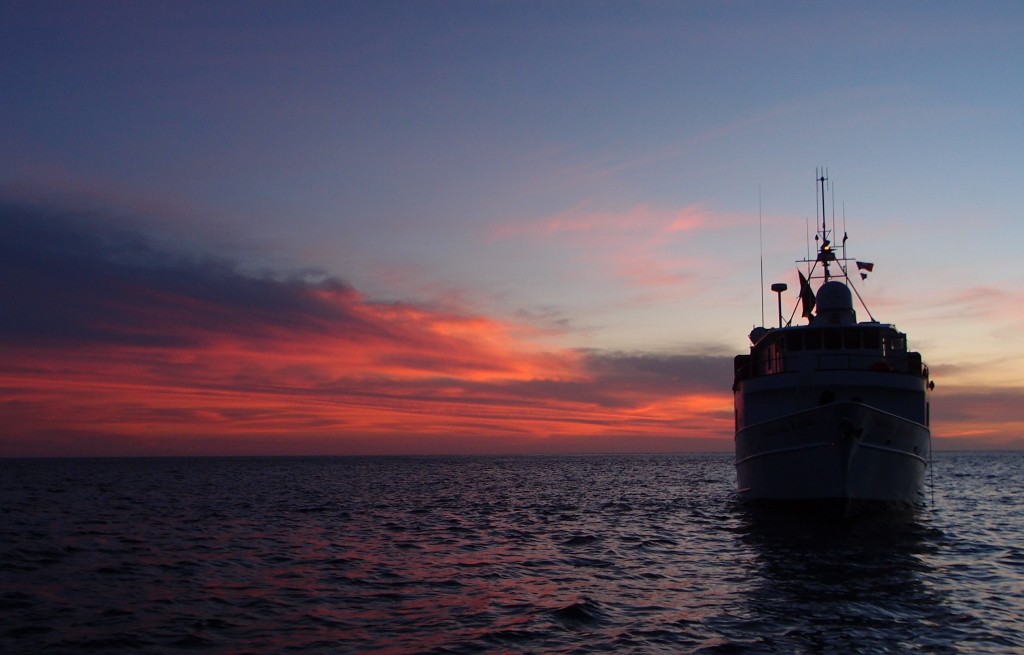
Photo: John Butland
Needless to say I’ve hardly stopped thinking and talking about this trip since I got back and among my ramblings to other divers. I will finish by saying “Whatever you do, you have GOT to go to Socorro”.
Regaldive offer a variety of liveaboard trips to the Socorro Islands with the Nautilus Fleet, including trips aboard Nautilus Explorer, Nautilus Belle Amie & Nautilus Under Sea.
To find out more, call the Regaldive team on 01353 659999, or visit Socorro Islands Liveaboards.
Blogs
Northern Red Sea Reefs and Wrecks Trip Report, Part 2: Wall to Wall Wrecks

Jake Davies boards Ghazala Explorer for an unforgettable Red Sea diving experience…
The second day’s diving was a day full of wreck diving at Abu Nuhas, which included the Chrisoula K, Carnatic, and Ghiannis D. The first dive of the day was onto the Chrisoula K, also known as the wreck of tiles. The 98m vessel remains largely intact where she was loaded with tiles which can be seen throughout the hold. The stern sits at 26m and the bow just below the surface. One of the highlights of the wreck is heading inside and seeing the workroom where the machinery used for cutting the tiles are perfectly intact. The bow provided some relaxing scenery as the bright sunlight highlighted the colours of the soft coral reef and the many reef fish.

Following breakfast, we then headed to the next wreck, which was the Carnatic. The Carnatic is an 89.9m sail steamer vessel that was built in Britain back in 1862. She ran aground on the reef back in 1869 and remains at 27m. At the time, she was carrying a range of items, including 40,000 sterling in gold. An impressive wreck where much of the superstructure remains, and the two large masts lay on the seafloor. The wooden ribs of the hull provide structures for lots of soft corals, and into the stern section, the light beams through, bouncing off the large shoals of glass fish that can be found using the structure as shelter from the larger predators that are found outside of the wreck.

The final wreck at Abu Nuhas was the Ghiannis D, originally called ‘Shoyo Maru,’ which was 99.5m long and built in Japan back in 1969 before becoming a Greek-registered cargo ship in 1980. The ship then ran aground on the reef on April 19th, 1983, and now sits at the bottom at a depth of 27m. Heading down the line, the stern of the ship remains in good condition compared to the rest of the hull. The highlight of the wreck, though, is heading into the stern section and down the flights of stairs to enter the engine room, which remains in good condition and is definitely worth exploring. After exploring the interior section of the ship, we then headed over to see the rest of the superstructure, where it’s particularly interesting to see the large table corals that have grown at the bow relatively quickly considering the date the ship sank. After surfacing and enjoying some afternoon snacks, we made sure everything was strapped down and secured as we would be heading north and crossing the Gulf of Suez, where the winds were still creating plenty of chop.

The next morning, it was a short hop to Ras Mohammed Nature Reserve for the next couple of days of diving. The 6am wake-up call came along with the briefing for the first site we would be diving, which was Shark & Yolanda. The low current conditions allowed us to start the dive at Anemone City, where we would drift along the steep, coral-filled wall. These dives involved drifts, as mooring in Ras Mohammed wasn’t allowed to protect the reefs. As a dive site, Shark & Yolanda is well-known and historically had a lot of sharks, but unfortunately not so many in recent years, especially not so early in the season. However, there was always a chance when looking out into the blue.

The gentle drift took us along the steep walls of the site, with plenty of anemone fish to be seen and a huge variety of corals. It wasn’t long into the dive before we were accompanied by a hawksbill turtle, who drifted with us between the two atolls before parting ways. Between the two reefs, the shallow patch with parts of coral heads surrounded by sand provided the chance to see a few blue-spotted stingrays that were mainly resting underneath the corals and are always a pleasure to see. With this being the morning dive, the early sunlight lit up the walls, providing tranquil moments. Looking out into the blue, there was very little to be seen, but a small shoal of batfish shimmering underneath the sunlight was a moment to capture as we watched them swim by as they watched us.

Towards the end of the dive, we stopped at the wreck of the Jolanda where the seafloor was scattered with toilets from the containers it was carrying. This provided a unique site to make a safety stop, which was also accompanied by a large barracuda slowly swimming by, along with a hawksbill turtle calmly swimming over the reef as the sun rays danced in the distance.
For the next dive, we headed north to the Strait of Tiran to explore the reefs situated between Tiran Island and Sharm El Sheik, which were named after the British divers who had found them. We started on Jackson before heading to Gordons Reef, where we also did the night dive. All the atolls at these sites provided stunning, bustling coral reefs close to the surface and steep walls to swim along, which always provided the opportunity to keep an eye out for some of the larger species that can be seen in the blue. Midwater around Jackson Reef was filled with red-toothed triggerfish and shoals of banner fish, which at times were so dense that you couldn’t see into the blue. Moments went by peacefully as we enjoyed the slow drift above the reef, watching these shoals swim around under the mid-afternoon sun.

The night dive at Gordon’s Reef was mainly among the stacks of corals surrounded by sand, which was great to explore under the darkness. After some time circling the corals, we came across what we were really hoping to find, and that was an octopus hunting on the reef. We spent the majority of the dive just watching it crawl among the reef, blending into its changing surroundings through changes in colour and skin texture. It’s always so fascinating and captivating to watch these incredibly intelligent animals, in awe of their ability to carry out these physical changes to perfectly blend into the reef. Before we knew it, it was time to head back to the boat to enjoy a well-deserved tasty dinner prepared by the talented chefs onboard.
Check in for the 3rd and final part of this series from Jake tomorrow!
To find out more about the Northern Red Sea reef and wrecks itineraries aboard Ghazala Explorer, or to book, contact Scuba Travel now:
Email: dive@scubatravel.com
Tel: +44 (0)1483 411590
Photos: Jake Davies / Avalon.Red
Marine Life & Conservation
Double Bubble for Basking Sharks

 The Shark Trust is excited to announce that, for two more days only, all donations, large or small, will be doubled in the Big Give Green Match Fund!
The Shark Trust is excited to announce that, for two more days only, all donations, large or small, will be doubled in the Big Give Green Match Fund!
Donate to Basking in Nature: Sighting Giants
The Shark Trust is hoping to raise £10k which will be doubled to £20k. This will go towards Basking in Nature: Sighting Giants. And they need YOUR help to reach they’re goal.
The Shark Trust’s citizen science project is to monitor and assess basking sharks through sightings; encouraging data collection, community engagement, and promoting nature accessibility. This initiative aims to enhance health and wellbeing by fostering a deeper connection with British Sharks.
Campaign Aims
- Increase citizen science reporting of Basking Sharks and other shark sightings to help inform shark and ray conservation.
- Provide educational talks about the diverse range of sharks and rays in British waters and accessible identification guides!
- Create engaging and fun information panels on how to ID the amazing sharks and rays we have on our doorstep! These can be used on coastal paths around the Southwest. With activities and information on how you can make a difference for sharks and rays!
- Promote mental wellbeing through increasing time in nature and discovering the wonders beneath the waves!
Donate, and double your impact. Click Here
-

 News3 months ago
News3 months agoHone your underwater photography skills with Alphamarine Photography at Red Sea Diving Safari in March
-

 News2 months ago
News2 months agoCapturing Critters in Lembeh Underwater Photography Workshop 2024: Event Roundup
-

 Marine Life & Conservation Blogs2 months ago
Marine Life & Conservation Blogs2 months agoCreature Feature: Swell Sharks
-

 Blogs2 months ago
Blogs2 months agoMurex Resorts: Passport to Paradise!
-

 Blogs2 months ago
Blogs2 months agoDiver Discovering Whale Skeletons Beneath Ice Judged World’s Best Underwater Photograph
-

 Gear Reviews2 months ago
Gear Reviews2 months agoGear Review: Oceanic+ Dive Housing for iPhone
-

 Marine Life & Conservation2 months ago
Marine Life & Conservation2 months agoSave the Manatee Club launches brand new webcams at Silver Springs State Park, Florida
-

 News3 months ago
News3 months agoWorld’s Best Underwater Photographers Unveil Breathtaking Images at World Shootout 2023

















